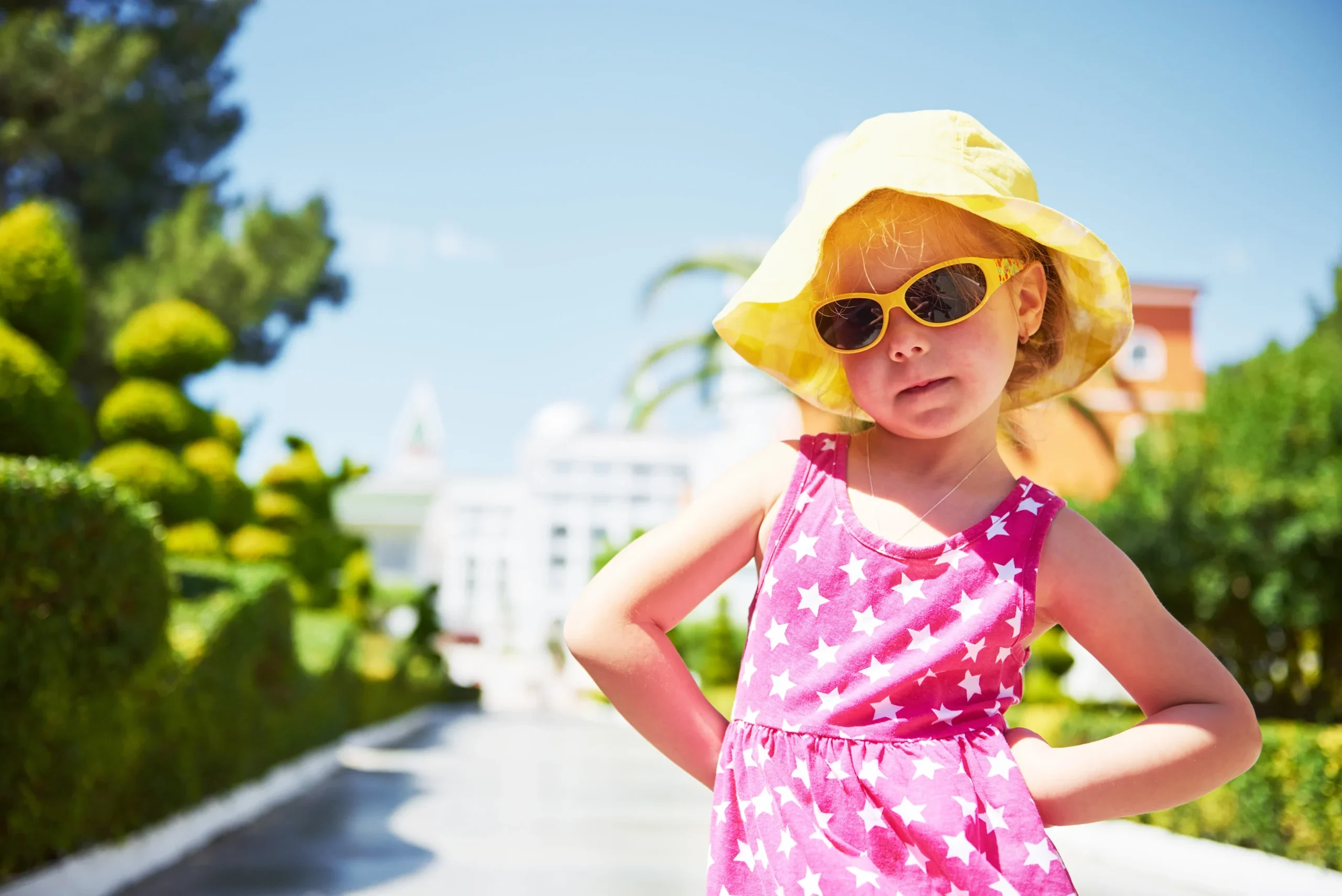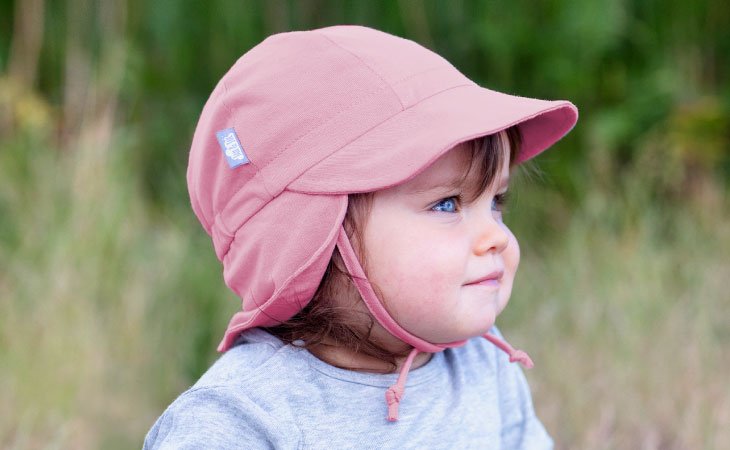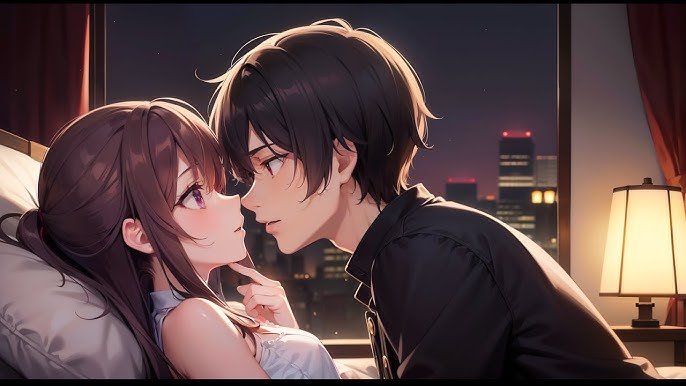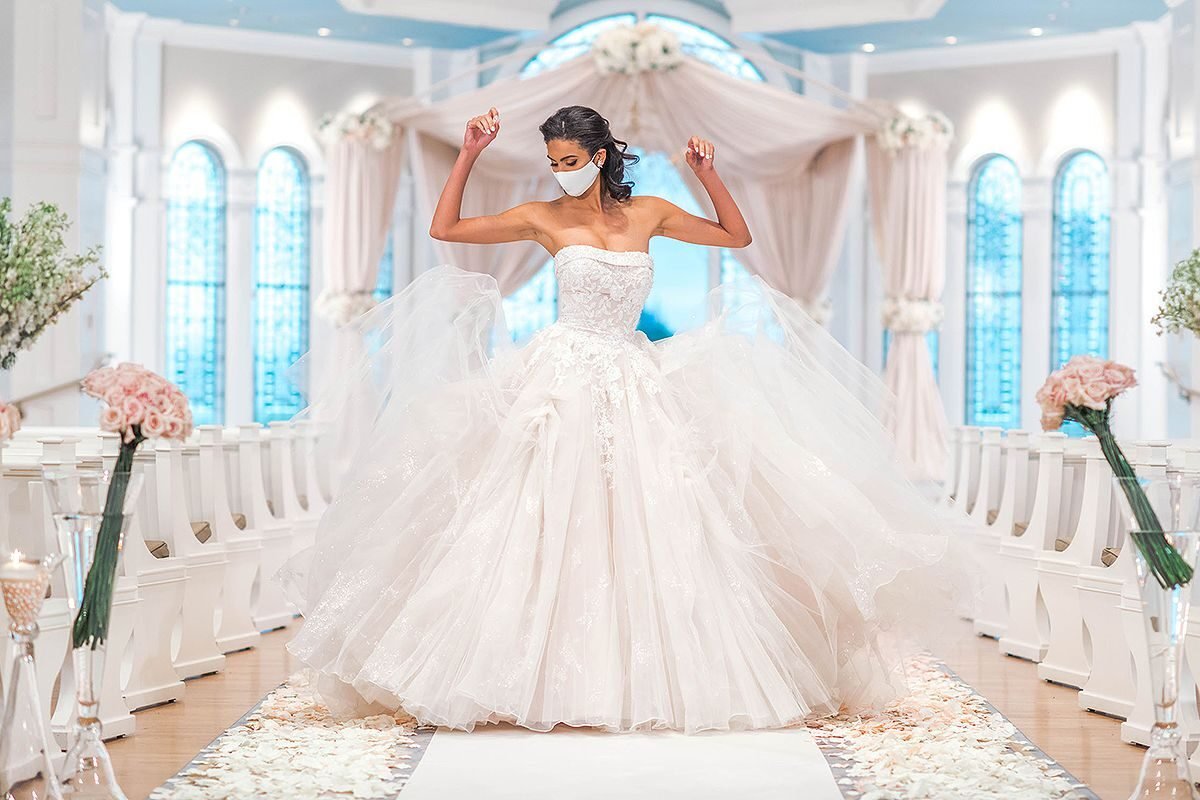A wedding dress is no longer just a traditional white garment worn on the biggest day of a woman’s life—it’s a celebration of her individuality, her journey, and her sense of style. In today’s bridal world, the dress speaks volumes before a single vow is exchanged. It’s a personal signature stitched into fabric, an expression of identity as much as it is a symbol of love. As the world of fashion continues to evolve, so too does the meaning and magic behind the perfect wedding dress.

The modern bride stands at the crossroads of tradition and trend. For some, classic silhouettes like the ball gown or the A-line still reign supreme, evoking fairy-tale moments and timeless elegance. For others, boldness takes center stage—think daring necklines, thigh-high slits, and architectural draping. The wedding dress is no longer a uniform—it’s a canvas. And for each bride, that canvas comes alive in its own unique way.

Fabrics play a pivotal role in this transformation. Traditional materials like lace and satin remain staples, but they now share the spotlight with textured tulle, soft crepe, stretch mikado, and even unconventional fabrics like feathers or shimmer netting. These textures don’t just affect the look; they change the movement, the mood, and the way the bride feels as she walks down the aisle. Comfort is key too—modern dresses embrace mobility and flexibility, ensuring brides can dance, laugh, and celebrate without restriction.

Color, once restricted to shades of white and ivory, is now a dynamic part of bridal fashion. Blush pink, dusty blue, nude champagne, lavender, and even rich tones like emerald or deep red are gracing bridal runways and real weddings alike. These hues not only complement a wider range of skin tones but also allow brides to stand out in a way that feels authentic and memorable. Color is a declaration—a sign that the bride is choosing to celebrate her day, her way.

One of the most inspiring trends in bridalwear is the rise of customization. No longer limited to off-the-rack designs, brides can work directly with designers or ateliers to modify gowns or create entirely bespoke pieces. From personalized embroidery of vows or initials inside the hem to custom trains or detachable sleeves, the power to personalize gives each dress a soul—one that belongs solely to the bride.

Cultural fusion also shapes today’s bridal landscape. Brides are embracing heritage with modern flair—incorporating traditional garments like sarees, hanboks, or kimonos alongside Western dress styles. This blend honors ancestry while embracing individuality, proving that bridal fashion can be deeply rooted and radically expressive at the same time. It’s not about choosing between cultures, but celebrating the fullness of one’s identity.

Accessories, often thought of as afterthoughts, are now vital extensions of the dress. Capes, gloves, bridal hats, beaded veils, and statement earrings elevate the entire look. Some brides swap the veil for a wide-brimmed hat, add a dramatic cape instead of a train, or wear bold jewelry that reflects personal taste. These elements transform the dress into a look—one that carries intention and impact.

Sustainability has also entered the conversation, with eco-conscious brides making thoughtful fashion choices. Renting designer gowns, upcycling vintage pieces, or selecting dresses made from ethical materials are ways modern brides align their values with their wardrobe. This isn’t a sacrifice of beauty, but a celebration of meaningful fashion. A sustainable dress tells a story not just of style, but of purpose.

Ultimately, the perfect wedding dress isn’t found—it’s felt. It’s the one that makes the bride feel powerful, radiant, and undeniably herself. It doesn’t need to conform to trends or expectations. What matters is that it captures the bride’s essence and makes her feel like she’s stepping into a new chapter—not just dressed in beauty, but in strength, confidence, and joy.

































